#per olov enquist
Text
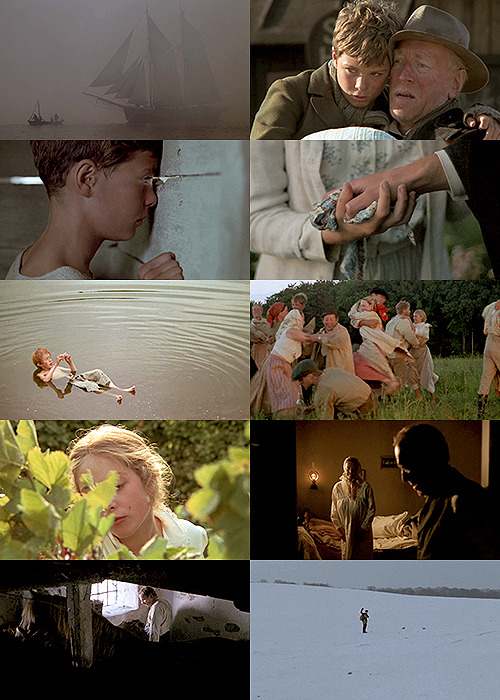
Pelle the Conqueror (1987). When his wife dies, Lasse takes his 12-year-old son, Pelle, from their home in Sweden to Denmark in search of a better life.
I wasn't entirely sure what to expect when I put this on - the name certainly carries certain connotations after all - but the haunting, harrowing story of a father and son who become indentured servants in Denmark while fleeing poverty in Sweden certainly wasn't it. What a moving film, and what a staggering pair of performances from Pelle Hvenegaard and Max von Sydow. This isn't always an easy watch, but it's an exceptionally well-made film that doesn't so much dwell on the darkness but rather explores how darkness can be shared, the load lightened and a path through it found. Really great film. 8/10.
#pelle the conqueror#1987#Oscars 61#nom: actor#nom: foreign film#won: foreign film#bille august#martin andersen nexo#per olov enquist#max von sydow#pelle hvenegaard#bjorn granath#1800s#denmark#sweden#danish#father-son#class#poverty#romance#coming of age#8/10
3 notes
·
View notes
Text
"Tribadenes natt" (1978) - Magne Bleness
(Transl.: "The night of the tribades")
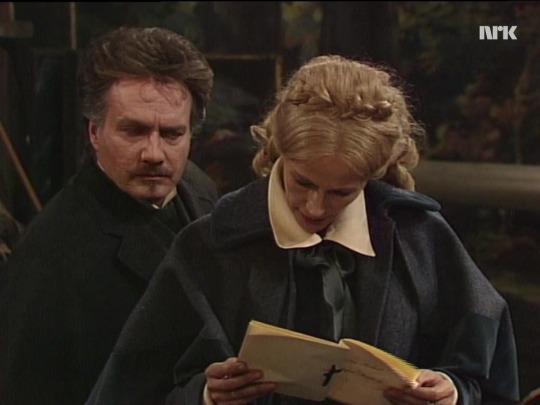

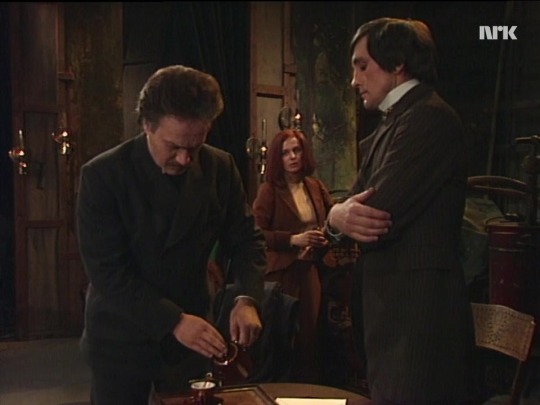



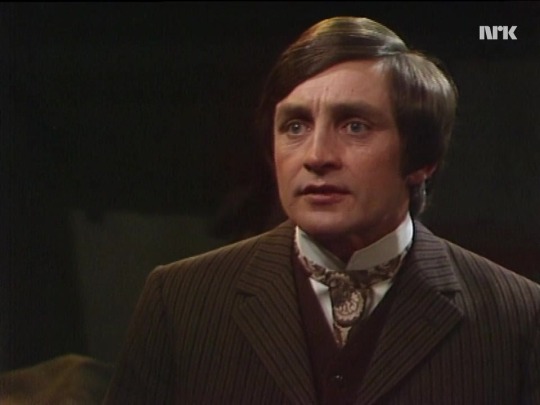
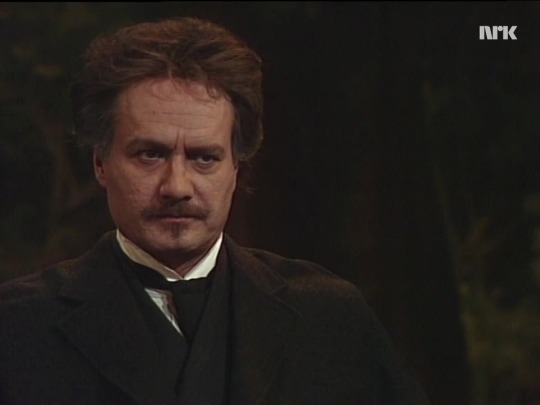

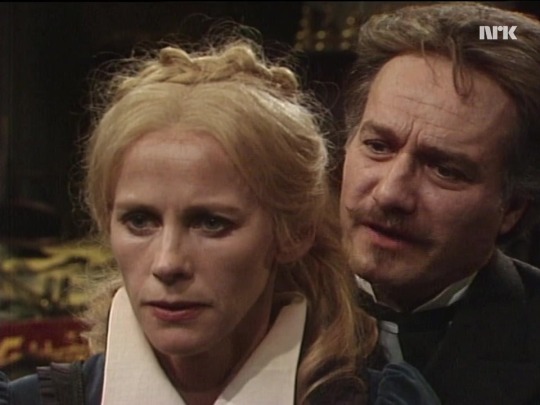
Films I've watched in 2023 (100/119)
#films watched in 2023#Tribadenes natt#Per Christensen#Henny Moan#Kjersti Døvigen#Svein Scharffenberg#Per Olov Enquist#Magne Bleness#August Strindberg#Siri von Essen#Tribadernas natt#The night of the tribades#motionpicturelover's screencaps#FT
0 notes
Text
Captain nemo

The Royal Physician's Visit Other books of interest under review:.Other books by Per Olov Enquist under review: The complete review's Per Olov Enquist page.He also does more, ably playing with literary form and with writing itself - without ever trying too hard. This is no childhood idyll, but it is a hopeful little saga: strength of will and belief carry him through.Įnquist tells a good story - from the hospital mix-up to the narrator's efforts to find Johannes and Eeva-Lisa again Enquist keeps the reader interested. In the dark, cold Swedish countryside, a land of silence and secrets, the narrator tries to make his way, helping the doomed Eeva-Lisa and then finding her again. Sparely and deceptively simply presented, Captain Nemo's Library presents a neat story that comes together very well. The end is revealed at the beginning, but the pieces necessary for understanding how the narrator reaches it (and indeed what he means) are only presented piece by piece.Ĭomposed of many relatively short passages and sections, the narrator describes his youth and the episodes with Eeva-Lisa that lead back to Johannes - and Nemo and the Nautilus. The children then grow up in the right households, with their actual parents, but in fact they grow up in the wrong households.Įach misses the world he has been removed from.Įventually they set out to set things right again, leading to the Nautilus and its library.Įnquist's novel has a prologue, four parts, and an epilogue. The world is unbalanced when the original mistake is undone. Johannes got a dozen after the switch of households, and he passes one on: Verne's The Mysterious Island, with its tale of the Nautilus, determining the end that Johannes and the narrator must meet.Ī third character figures prominently as well: Eeva-Lisa, a playmate-substitute and companion given to Johannes, but also a girl who becomes a significant figure in the narrator's life. The narrator never had any books in his youth. The two were switched at birth, something that is only discovered (or realized) when they are five or so.Īfter a prolonged legal battle the two switch families: it is 1940, they are six years old and their worlds have been thrown upside down.Ī bond still unites the two throughout their youth. The story of Captain Nemo's Library largely deals with the life of two childhood friends, the narrator and his friend Johannes, in bleak northern Sweden. Verne's book and character are a release for the narrator here, a different kind of escape into the world of fiction. Per Olov Enquist's novel has little to do with Jules Verne's great character Nemo, the captain who ventured twenty-thousand leagues under the sea, or the shipboard library of the fantastic submarine. General information | review summaries | our review | links | about the authorĪ- : well-conceived and well-written tale from darkest Sweden Trying to meet all your book preview and review needs. Captain Nemo's Library - Per Olov Enquist

0 notes
Photo

P.O. Enquist, 1934 - 2020
#P.O. Enquist#Enquist#1934#1930's#2020#2020's#Per Olov Enquist#PO Enquist#P O Enquist#P. O Enquist#Kapten Nemos bibliotek#Magnetisörens femte vinter#Livläkarens besök#Lewis resa#Nedstörtad ängel#Legionärerna#Hjoggböle#Västerbotten#Sweden#Sverige#Svensk#Swede#Swedish#Lewi's Journey#The night of the tribades#Tribadernas natt#Liknelseboken#Captain Nemo's library#The Visit of the Royal Physician#The Royal Physician's Visit
19 notes
·
View notes
Photo

Acclaimed Swedish author Per Olov Enquist dies aged 85
Per Olov Enquist, one of Sweden's most acclaimed authors who wrote "The Visit of the Royal Physician," has died aged 85, his family told Swedish media on Sunday.
The patriarch of 20th century Scandinavian literature, Enquist is known for powerful stories that weave his own melancholic life into the dark side of history.
In his novels, plays and essays, he drew heavily on his own experience as an oppressed child in a strictly religious home, an athlete, a journalist and a destructive alcoholic.
Born in 1934 in Hjoggbole in Sweden's far north, his books -- including "The Crystal Eye" (1961), "The Parable Book" (2013), "The Magnetist's Fifth Winter" (1964) and "The March of the Musicians" (1978) -- have been translated into a dozen languages.
He won the 2001 August Prize, Swedish literature's top honour, for "The Visit of the Royal Physician", which earned him broad international fame and tells the story of a romance between the physician of the mad Danish King Christian VII and the queen.
Enquist, known in Sweden by his initials P.O., won a second August award with his impressive autobiography "A Different Life" (2008), its name an homage to "A Life" by August Strindberg, the father of modern Swedish literature.
"P.O. Enquist's importance for Swedish cultural life since the 1960s can't be exaggerated. He was the model for the socially-engaged poet who influenced generations of younger writers. It is empty and unthinkable that he is gone," wrote Bjorn Wiman, the culture editor of the Dagens Nyheter newspaper.
Bibliography
Kristallögat (1961)
Färdvägen (1963)
The magnetist's fifth winter (Magnetisörens femte vinter) (1964).
Bröderna Casey (1964)
Sextiotalskritik (1966)
Hess (1966)
Legionärerna: En roman om baltutlämningen (1968)
Sekonden (1971)
Katedralen i München och andra berättelser (1972).
Berättelser från de inställda upprorens tid (1974).
The night of the tribades (Tribadernas natt) (1975)
Chez Nous (1976).
The march of the musicians (Musikanternas uttåg) (1978).
Mannen på trottoaren (1979).
Till Fedra (1980). Based on the myth of Phaedra.
En triptyk (1981).
Rain snakes (Från regnormarnas liv) (1981)
Doktor Mabuses nya testamente (1982).
Strindberg. Ett liv (1984).
Downfall: a love story (Nedstörtad ängel) (1985).
Två reportage om idrott (1986). Earlier printed as Katedralen i München och andra berättelser.
Protagoras sats (1987).
The hour of the lynx (I lodjurets timma) (1988).
Captain Nemo's library (Kapten Nemos bibliotek) (1991).
Plays (Dramatik) (1991/2004). Contains The night of the tribades, Rain snakes, The hour of the lynx and The image makers.
Kartritarna (1992).
The Visit of the Royal Physician (Livläkarens besök) (1999).
Lewi's Journey (Lewis resa) (2001).
Boken om Blanche och Marie (2004). English translation as The Book about Blanche and Marie, 2006
Ett annat liv ("A different life", autobiography) (2008).
Liknelseboken: en kärlekshistoria (2013).
Daily inspiration. Discover more photos at http://justforbooks.tumblr.com
6 notes
·
View notes
Text
RIP Per Olov Enquist
Per Olov Enquist is dead at the age of 85, and since he was one of Sweden's few authors of international stature, with many of his books translated to English and German and many other languages, i guess i should talk about him in english some, especially since most of my online friends are not swedish.
He was IMO, the greatest living author writing in Swedish. Maybe the greatest ever, he is certainly more enjoyable than the traditional choice for that role, August Strindberg (whose misogynist views Enquist depicted critically in a play, the Night of the Tribades (and yes tribades as in lesbians))
He just wrote excellent books, in a beautiful stripped-down prose style. Many were based in history, like Livläkarens Besök, translated into english as The Visit of the Royal Physician, a late book that was his breakthrough outside of Sweden. It is about how Struensee, the doctor who treated the mentally ill king of Denmark Christian VII. in the late 1760s/early 1770s. Struensee used the king’s condition to basically rule Denmark and impose reforms in the spirit of the enlightenment.
Enquist’s book “Legionärerna” from 1968 is basically a history book, Enquist sticks rigidly to the facts, written in the style of a novel about how the Swedish government after WWII extradited soldiers from the Baltic states who fought for Nazi Germany to the Soviet Union, which was a massively controversial thing.
As a history book “Legionärerna” greatly impressed me both because of its attempt to present a nuanced view of the events, while also being aware of the impossibility of true objectivity. Enquist himself and his gathering of information about the extradition is part of the story, even the reasons for it, possibly to emphasize that it is written by a subjective human, not some impossible objective spirit. The book even outright tells the reader:
“Don't accept a story, think for yourself, be suspicious. There is no saintly objectivity, no ultimate truth, free from political bias. Examine, be suspicious. Question" (my translation)
His book Ett Annat Liv (another life, but it has been translated as “the Wandering Pine”) had a different factual basis: his own life and struggles with alcoholism. His life after becoming sober in 1990 was like another life for Enquist, and the reason for the swedish title.
He was often described as a pessimist, and i can see how his books can give that impression, there is a dark element to nearly everything i read from him.
Lots of failed reformers and revolutionaries, like Struensee (who spoilers /s was executed). One of his short story collections is actually called Berättelser från de Inställda upprorens tid (stories from the age of cancelled revolts). The story of the baltic soldiers can be read as the dark side of the Swedish social democratic project.
Or failure in general. In his book about himself, the story is about how his own success as a writer couldn’t keep him from becoming an alcoholic.
Another theme is how the darkness in the world leads people to comforting illusions, and a need for charlatans who provide them. His early book “Magnetisören’s femte vinter” (translated as the Magnetist’s fifth Winter) is about a german “magnetist” (an early form of hypnotism) based loosely on Franz Mesmer who becomes famed as someone who can cure diseases, including blindness. A story about the need for comforting illusions and the often unscrupulous people who provide them.
There is in general an interest in people who try to change the world on a large scale and who influence great numbers of people. Like Struensee. He also wrote a book about Lewi Pethrus called Lewis resa (translated as Lewi’s Journey) who was a major leader of the Swedish pentecostalist movement, maybe not a charlatan, but certainly a complicated figure.
But there is always hope in his books, something noble in even a failed attempt to better the world that can inspire those who come later. For Enquist, the legacy of people like Struensee would always live on.
And in the end, his memoirs is about how he managed to create another life from his failures. I have personally given away a copy of his memoirs to a family member with alcohol problems in the hope of helping them.
One of his books that illustrates this most starkly is Musikanternas uttåg (translated as the march of the musicians). It is probably my favourite of his books. It is a dark story about how the growth of the socialist movement in northern Sweden was hindered by widespread religiousness. The socialist agitator Elmblad in the novel is another failed reformer. The book also involves rape, a child being mutilated and suicide.
But the motto of the book is a hopeful one: Det gives alltid något bättre än döden. There is always something better than death, a quote from the fairy tale of the Town musicians of Bremen.
I carried that message with me. That book gave me a lot of needed catharsis in a dark time in my life.
And Enquist did not live a life of pessimistic quietism. He had an admirable and strong conviction that a writer could be, no, had the responsibility to be a moral-political force. His books are far from polemical, but he always saw a need to take a strong stand in the Swedish cultural and poltical debates.
He has admitted to his mistakes in doing that, but it was that conviction that was part of what made him a great author. In doing this he felt like a part of a literary tradition that includes people like Victor Hugo and Thomas Mann.
It’s hard to think of another author in Sweden who could still inspire such respect in so many, maybe there are none left in Europe.
An inspiring author in many ways, and his passing feels like the death of a literary titan, maybe the last of the titans.
3 notes
·
View notes
Text
Per Olov Enquist - Das Buch von Blanche und Marie

Inhalt:
Blanche Wittman sitzt in ihrer Kiste und schreibt. Sie schreibt über ihre Vergangenheit, in der sie als Patientin und als Versuchsobjekt in der Nervenheilanstalt der Salpêtrière lebte, aber sie schreibt auch über ihre Gegenwart, in der sie Marie Curie, die Nobelpreisträgerin, kennen und lieben lernt.
Am meisten jedoch schreibt sie über die Liebe selbst. Über dieses Gefühl was so allgegenwärtig und gleichzeitig so unergründlich ist.
Die Werke des Autors Per Olov Enquist sind bekannt für ihre melancholische Weltsicht, sowie auch für das häufige Auftreten historischer Personen. Beispiel hierfür sind “Der Besuch des Leibarztes” und “Der fünfte Winter des Magnetiseur”.

Meinung:
Der schwedische Autor Per Olov Enquist veröffentlichte sein Buch im Jahr 2004. Es erzählt auf rund 240 Seiten die Geschichte von Blanche Wittman und Marie Curie, die - nachdem Blanche als geheilt aus der Salpêtrière entlassen wurde - zusammen in dem Labor der Curie’s gearbeitet haben. Mit der Zeit wurden die beiden Frauen Freundinnen, die nicht nur die Vorliebe zur Wissenschaft teilten, sondern auch ein tiefes und treues Verständnis zueinander.
Das Buch ist wie eine Art Fragebogen, der von Blanche selbst verfasst wurde, aufgebaut. Sie beschäftigte sich damit die Liebe zu ergründen und ebenso die menschlichen Beziehungen um sie herum. Der Erzähler des Romans berichtet nun anhand dieses von Blanche geschriebenen Textes und „liest“ quasi aus ihren Erinnerungen vor. Diese Art des Erzählens ist sehr faszinierend, da zu Anfang viel verschleiert und symbolhaft dargestellt, zum Ende hin aber immer deutlicher wird.
Man könnte es sehr gut mit einem Tagebuch vergleichen. Enquist verwendet dabei eine sehr direkte, aber auch sehr mystische Sprache, die sich oft wiederholt und Symbole und Metaphern benutzt.
Problematisch fand ich, dass das Buch sich auf historische Personen stützt, seine Handlung jedoch alles andere als wahrheitsgemäß ist. Die Erzählung erweckt von Anfang an den Anschein, dass alles was geschildert wird, genau so passiert ist. Allerdings ist es eine Tatsache, dass sich Curie und Wittman nie über den Weg gelaufen sind, nie zusammen gearbeitet haben und auch sonst keinerlei Beziehungen miteinander pflegten. Da ich sehr wenig von Marie Curie wusste (und überhaupt nichts von Blanche Wittmann), war ich der Annahme, dass die Geschichte über die Beiden der Wahrheit entsprach. Umso mehr enttäuscht war ich, als sich am Ende das Meiste als Fiktion heraus stellte.
Ebenso tat ich mich mit der Charakterentwicklung schwer. Enquist versuchte die Fülle an menschlichen Emotionen und Regungen in seinen Figuren mit einfließen zu lassen. Das ließ die Personen allerdings oftmals unnatürlich sprunghaft und die meiste Zeit moralisch überhöht wirken. Eine richtige Beziehung konnte man deswegen nur schwerlich mit ihnen aufbauen.
Alles in allem war es ein Buch mit Höhen und Tiefen. Ich kann es jedem empfehlen, der Geschichten mit teilweise historischen Bezügen mag und sich gerne in mystischen Erzählweisen verliert. Allen anderen ist diese Geschichte vielleicht ein wenig zu überhöht dargestellt und verliert schnell an Reiz, sobald man erkennt, dass sich die beiden Frauen nie im wahren Leben begegnet sind.
Im Buch wird öfter Bezug auf ein Gemälde genommen, welches den Nervenarzt Charcot und Blanche Wittmann bei einem ihrer „Versuche“ zeigt. Dieses Bild existiert tatsächlich. Es wurde 1887 von André Brouillet gemalt und hängt heute in der Paris Descartes University.
Text: Jongkind
Impressum: https://post-vom-buecherwurm.tumblr.com/post/620367072772407296/impressum
#buch#bücher#bücherblog#buchblogger#bücherwurm#lesen#leseratte#lesenmachtspaß#lesenmachtglücklich#lesenistschön#lesenisttoll#book#books#bookblogger#bookblog#booklover#per olov enquist#das buch von blanche und marie
1 note
·
View note
Quote
Is it the darkness that is light, or the luminous that is dark? A choice must be made. The same is true of history; people choose what to see, what is light and what is darkness.
Per Olov Enquist
3 notes
·
View notes
Photo

_pER oLOV eNqUIST____
Der gestürzte Engel
#poets on tumblr#poem#literature#books#books and libraries#bookillustration#gallery#drawing#per olov enquist
1 note
·
View note
Photo

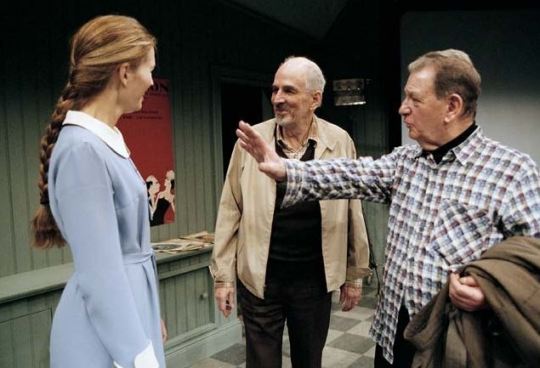

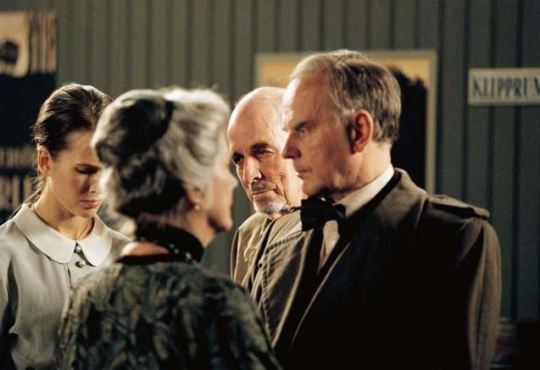

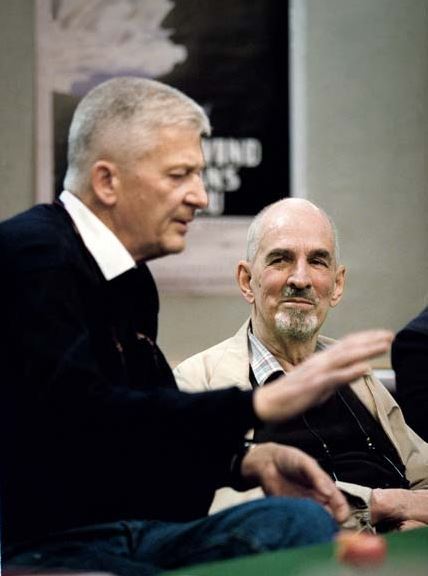
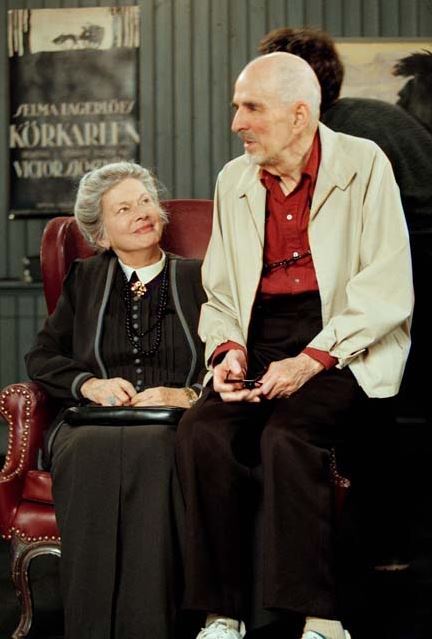

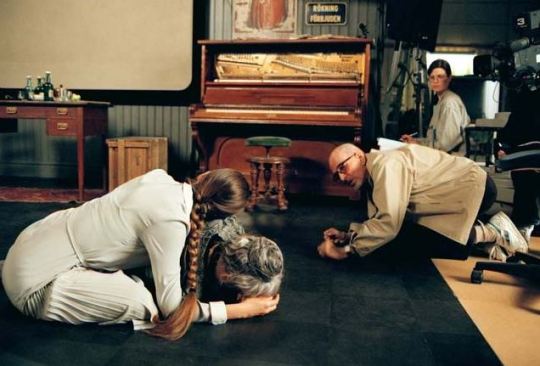
“Bildmakarna” (2000)
#Ingmar Bergman#Anita Björk#Elin Klinga#Lennart Hjulström#Carl Magnus Dellow#Mago#Per Olov Enquist#TV#Film
36 notes
·
View notes
Text
Per Olov Enquist” DÜŞMÜŞ MELEK”
Çeviren:Süleyman BİLGİ
Eğer ne söylediğime kulak vermiş olsaydı, belki de anlamış olacaktı.”İnsan aşkı açıklayamaz!” Diye bağırdı, çığlık atarcasına.
Syf:13
O kötücül şarkı, içinde bir ağrıydı.
Pinon’un içine hapsolmuş olarak Maria bir şarkı söylüyor, ona acı veriyordu; niye acıtmak istiyordu ki onu?
Öç almak mı istiyordu? Bu Pinon’a da anlaşılmaz geliyordu. Kavrayamıyor; incinmiş, bumburuşuk bir yüzle sessiz oturarak boşluğa bakıyor, dinliyordu. Pinon’a hapsolmuş olarak ona acı veren bir şarkı söylüyordu Maria, acaba birinin içine ebediyyen hapsolmuş olmanın güçlüğüne ilişkin bir şarkı mıydı? Pinon şarkıyı duyuyor ama tercüman olmayı reddediyordu. Böyleydi işte birbirlerine mahkum, mecburdular.
Syf:60 iletişim yayınları. 10/10
0 notes
Text
Blanche et Marie, Per Olov Enquist

Alors alors alors. Je viens tout juste de finir ce livre, et j’avoue ne pas savoir qu’en penser. Déjà, je n’ai pas trop aimé. Pourtant, l’histoire m’avait attirée : nous sommes au début du XXe siècle, et nous suivons Blanche Wittman, une jeune femme qui a été enfermée à la Salpêtrière et qui devient l’assistante de Marie Curie. Cette dernière, plongée dans ses recherches, entame un veuvage puis une liaison avec Paul Langevin — mais très vite, le scandale va la forcer à fuir et s’exiler. C’est l’histoire d’une amitié entre deux femmes, entre passion, recherche et écriture.
Comme je le disais, la quatrième de couverture m’avait beaucoup attirée. Mais seulement, voilà : je n’ai pas du tout accroché avec le style de Per Olov Enquist. Comme il l’indique dans ses remerciements, il s’est largement inspiré de faits avérés et les a utilisés librement. Il fait mention de carnets de Blanche Wittman, mais j’avoue que je ne sais pas s’ils ont vraiment existé ou si ce n’est qu’une invention. Autant adapter librement ne me pose pas de problème, autant la façon dont c’est écrit m’a vraiment ennuyée ! J’avais parfois l’impression que ce n’était rien de plus qu’un documentaire, et pour le coup c’était vraiment écrit d’une façon assez particulière… on faisait sans cesse des sauts dans le temps, des retours en arrière, des bonds en avant, et on mélangeait tout entre Blanche, Marie, d’autres femmes enfermées à la Salpêtrière, mais aussi le médecin Charcot, Paul Langevin l’amant de Marie Curie, sa femme… ça m’a donné l’impression d’être sans dessus dessous.
Par contre, j’ai appris quelques choses sur Marie Curie, et j’ai vraiment bien aimé. Maintenant, je vais voir si c’est avéré, ou si ça a été inventé…!
Bref, un bilan plus que mitigé : contente de l’avoir lu (et sorti de ma PAL), mais assez déçue au final. Et clairement, je ne le commanderai pas pour la librairie !
06/07/2021 - 08/07/2021
#livres#books#livre#book#littérature#littérature scandinave#littérature suédoise#per olov enquist#blanche et marie#marie curie#blanche wittman#roman historique
0 notes
Text
ventitré settembre
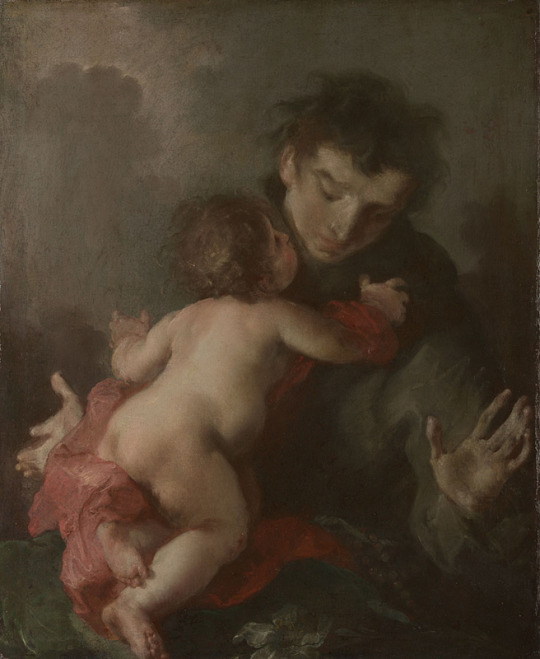
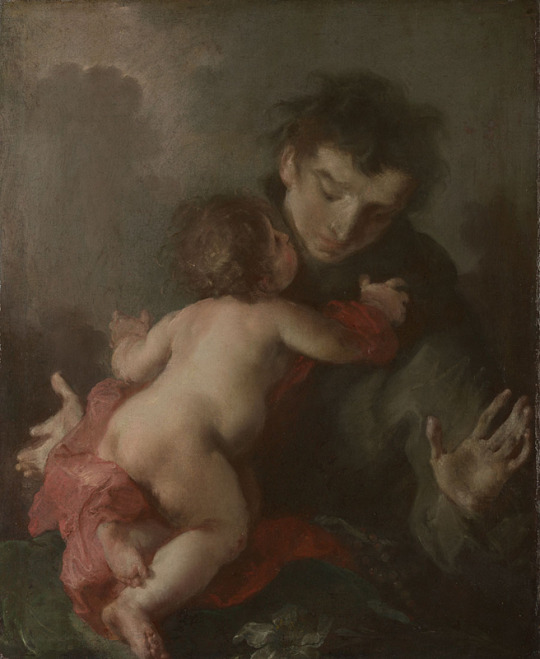
Giuseppe Bazzani, Sant’Antonio da Padova con il Bambino Gesù, 1740-1750
Autobiografia
Quando, raramente, parlava di se stessa,
mia madre raccontava:
Lamia vita è stata triste e calma,
sempre in punta di piedi camminavo.
Ma quando mi arrabbiavo
e pestavo un po’ i piedi,
le tazze della mamma
sulla credenza si mettevano a tintinnare
e io dovevo sorridere.
Raccontava che al momento…
View On WordPress
#Albert Manent#Alberto Asor Rosa#Carles Riba#Domenico Basile#Emma Orczy#Franz Xaver Fuhr#George Jackson#Giorgio Spini#Giuseppe Bazzani#John Coltrane#Leonard Feather#Les McCann#Marvel Moreno#Mauro Fabi#Pasquale Vitagliano#Per Olov Enquist#Renato Curcio
0 notes
Photo
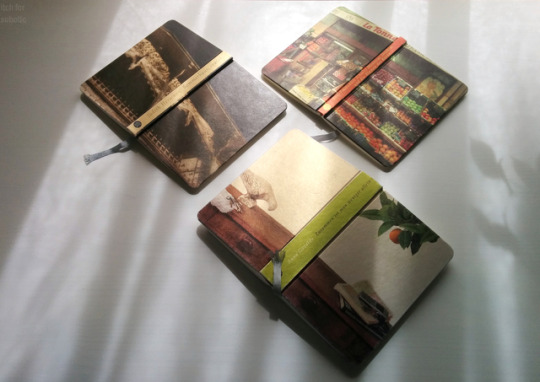
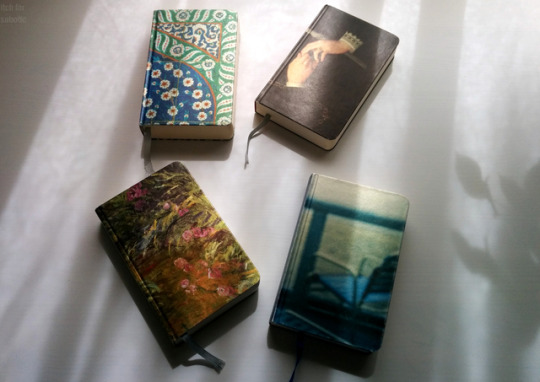
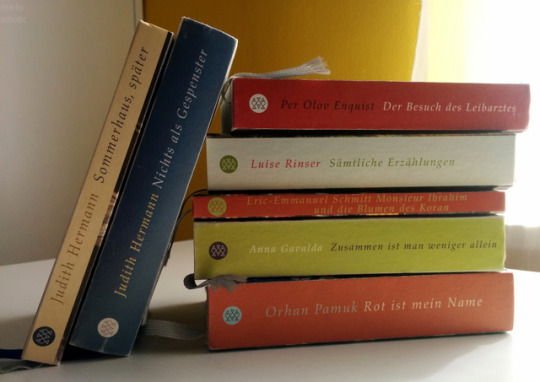
Fischer Taschenbibliothek
#books#booklr#german stuff#orhan pamuk#anna gavalda#judith hermann#per olov enquist#luise rinser#eric-emmanuel schmitt#itch's books#pic
44 notes
·
View notes
